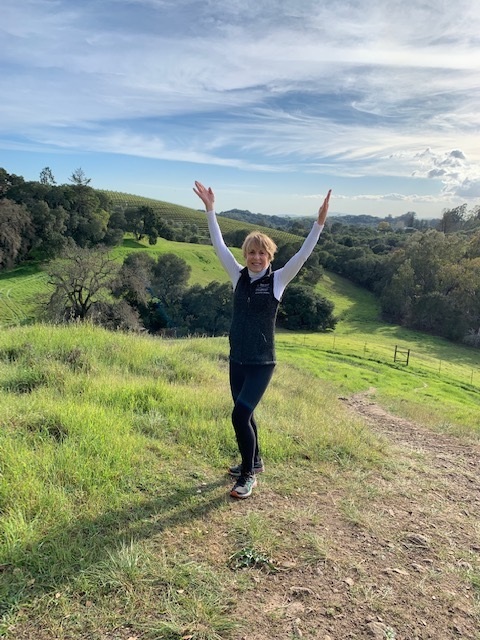
Posted on March 09, 2022
Exercise has been on my mind lately, but my thoughts are not the usual ones: what kind of exercise to do, how much and when. As I stared down another birthday recently, I found myself asking what exercise means to me and how I will approach it going forward.
Looking ahead, I can’t help but look back, too. I have fond memories of being in constant motion as a child, when kids roamed the neighborhood unsupervised and walked a mile or so to school. Coming home physically exhausted each night made me happy, and I probably slept well. Adults in my community sometimes played tennis or golf, but they didn’t run unless someone was chasing them. They pushed lawnmowers and raked leaves but didn’t go to gyms, which were only in schools. We were always physically active in those days, but we didn’t engage in exercise as we know it now.
Last October, I wrote about the Blue Zones, the areas of the world with the longest-lived populations. They too do not “exercise,” but they move naturally throughout the day, gardening, walking, climbing hills and mountains and not using many modern mechanical devices. According to National Geographic Fellow Dan Buettner, this kind of daily physical activity is “protective again certain chronic conditions, including heart disease, stroke and type 2 diabetes, and is associated with improved psychological health and quality of life.”
We can’t go back in time nor try to live exactly as people do elsewhere in the world, but we can learn from other times and places. I wonder whether our movement and exercise really need to be so fraught these days and whether we truly experience “improved psychological health and quality of life” when we approach it as we too often do.
We tend to forget that physical activity and exercise are not one and the same. Physical activity involves any bodily movement that involves energy expenditure while exercise is a subset of physical activity that aims to improve or maintain physical fitness. Each is important in its own way. Even if we engage in a daily bout of vigorous, structured exercise, we still need to break up sedentary time with intervals of physical activity, even the simplest of movements. And if, on a particular day, we can’t engage in structured exercise, we can still be active in other ways. As the U.S. Physical Activity Guidelines for Americans tell us, “some physical activity is better than none.”
Our thinking on this can get muddled by our motivations, some of which are negative. I’ve done Pilates videos, for example, that promise to get rid of tummy bulge (thanks for the reminder!) instead of focusing on the benefits of a strong core. I’ve heard a voice in my head telling me I’m lazy if something unexpected, or simple fatigue, keeps me from completing my workout. Such negative thoughts are surely sending stress hormones through my body, and that can’t be healthy.
Lately I have read warnings that fitness trackers, while helpful to some, can be unhelpful to others when they become a sort of bully or negative obsession or when they lead users to disconnect from their bodies, ignoring cues that shouldn’t be overlooked.
I think it’s time we steered ourselves toward more positive motivations for exercise, which are healthier and likely to be more enduring. Here are some suggestions:
• Find a form of exercise you enjoy.
• Exercise with others for companionship and accountability.
• Combine walking with an errand for an additional incentive.
• Have a Plan B for days that derail Plan A, remembering that any activity is better than none.
• Exercise outdoors to enjoy the scenery and get some vitamin D.
• Remember you are helping yourself physically and mentally, and anticipate how exercise will make you feel.
• Don’t be ashamed of today’s lapse but be proud tomorrow when you get back on track.
• Use a tracker or an exercise log, but only if it provides positive motivation.
• Above all, listen to your body when it tells you to rest and when it tells you to move. As I have learned from my personal trainer and exercise sanity coach Marc DesLauriers, your body knows best what it needs.
It’s not easy in our performance-driven culture to take these more friendly attitudes toward ourselves. But I am learning, or re-learning, that a more childlike approach, in which the joy of movement matters more than anything else, is the best and healthiest one.